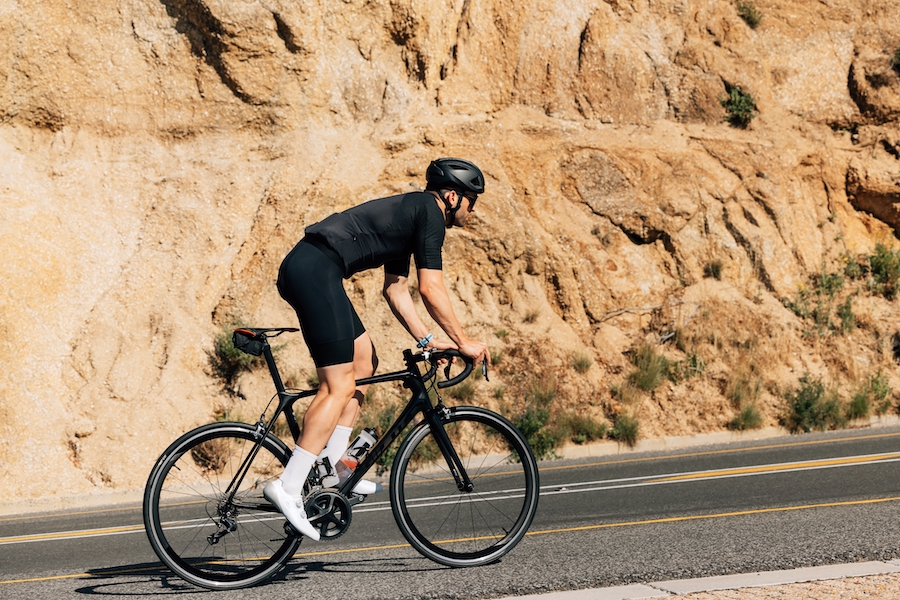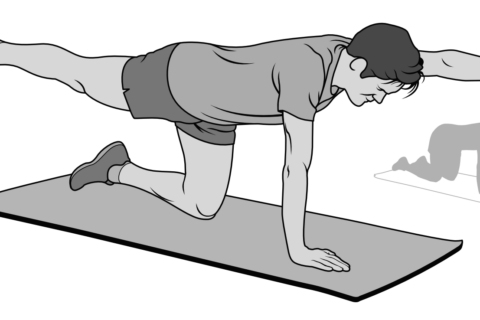Get your fast-twitch muscles working harder for you with this two-part bike workout.
Get your fast-twitch muscles working harder for you with this two-part bike workout.

Get your fast-twitch muscles working harder for you with this two-part bike workout.

Get your fast-twitch muscles working harder for you with this two-part bike workout.

Doing more sprint work and cadence drills on your rides could lead to substantial performance gains.

We look at the latest research on the safety, benefits, and precautions for expecting mothers.

Whether it’s toxic algae blooms, wildlife encounters, or boat traffic, there are many safety considerations to take into account when swimming in open water.

The importance of a strong core for athletic performance can’t be overstated. Trevor Connor details the various benefits of a strong core, and the disadvantages of a weak one.